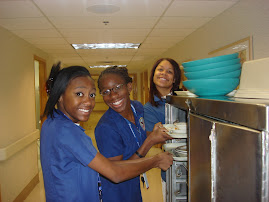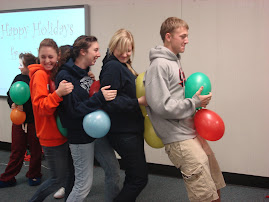Reflections of EDU255
As I reflect on the last eight weeks taking EDU 255, this class has taught me a lot about the latest and greatest technology, and it potential in lesson plans and education.
Starting with the first week, I learned how to customize a blog by adding videos, images, and links. I used this to link Health Occupation Students of America (HOSA) to my blog in order to inform my students of the organization.
In the second week I learned the advantages of incorporating these technologies into my teaching agenda. This is a great way to connect with my students and get them interested in the program. I can also keep them up to date on the different events related to Health Careers Education.
I learned how to create a wiki in the third week.
In the fourth week of this class, I learned the ins and outs of networking and how blogging and creating wikis encourage this aspect of technology.
In week five, I learned about photosharing. Adding photos and different images to my blog livens up the page, drawing more interest to the information.
During week six I learned about podcasting and creating a YouTube channel. This helped me in adding a YouTube video to my blog about an autopsy, something that my students are always interested in, and (fortunately or unfortunately-depending on how you look at it) have little opportunity to see.
In week seven I learned about live streaming and podcasting. Hmmm-I have a long way to go with this one. I did learn how to create my own videos using a web cam, but the downloading part has yet to kick in.
In week eight I continued and attempted to complete my portfolio project.
My one disappointment regarding this class is in myself. Due to the chaos in my life, I had difficulty finding the time to explore each aspect of blogs, wikis and all of the other opportunities that can be found in this techno crazy world. I wanted to delve into the different projects to learn more about how to incorporate blogging and wikis into my teaching in the Health Careers Education program, and think with some effort-it can be done. I did learn at some point to be a little more patient with my computer ineptness and that the knowledge of instructors and computer savvy people will always be shared, you just have to ask.
sitting
11 years ago



